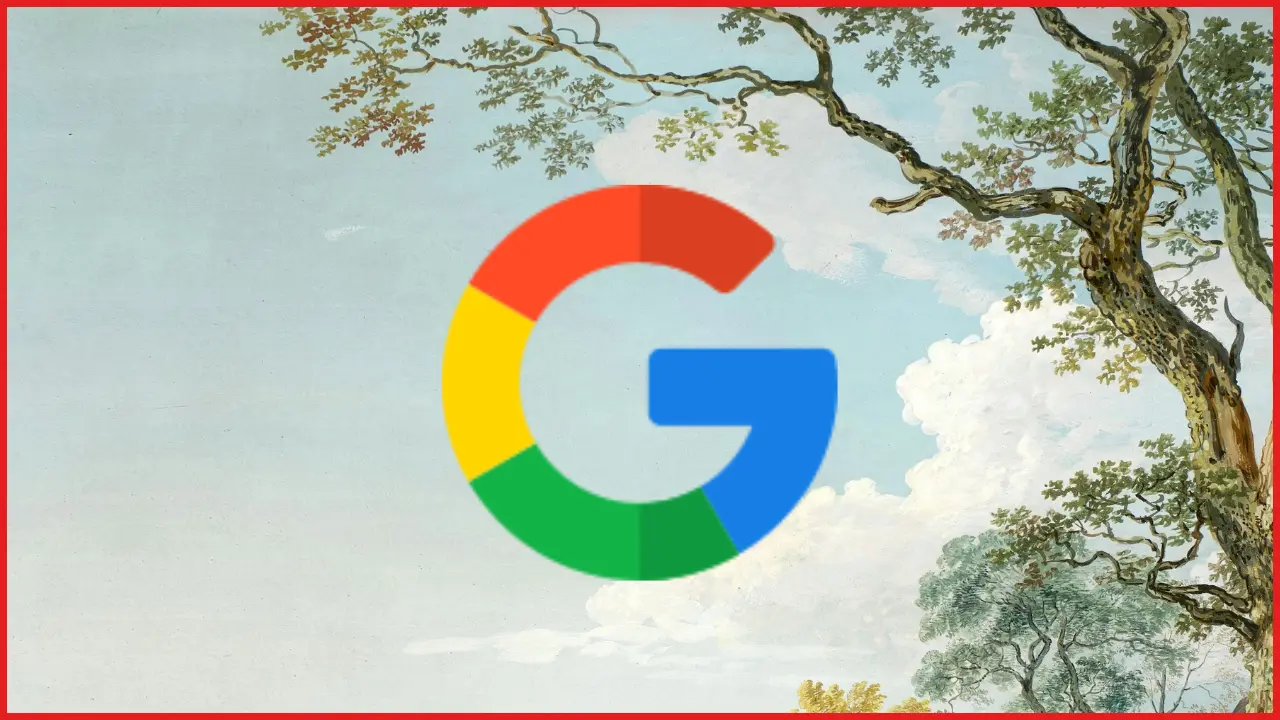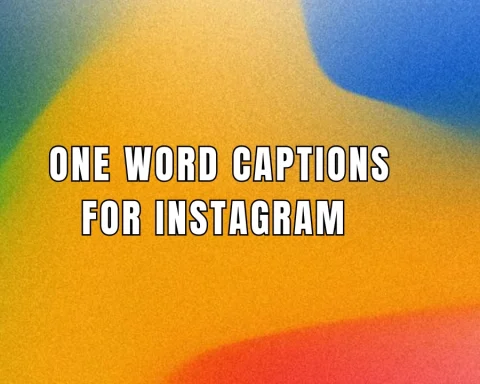How to Create Evergreen Content for Better Google Rankings – Evergreen content is a must-have in any successful SEO strategy. Unlike trendy topics that lose relevance over time, evergreen content remains useful and engaging long after it’s published. In today’s competitive digital landscape, creating content that stands the test of time can significantly boost your Google rankings and drive consistent organic traffic. In this guide, we’ll explore what evergreen content is, why it’s important, and how you can create it to secure lasting SEO benefits.
What Is Evergreen Content?
Evergreen content refers to information that stays relevant and valuable to your audience regardless of time or seasonal trends. Think of it as content that, much like a perennial garden, continues to flourish year after year. Unlike news articles or trending topics, evergreen content is designed to provide enduring insights and answers that are always in demand.
Key Characteristics of Evergreen Content:
- Timelessness: The topic remains relevant over long periods.
- High Value: Provides useful, in-depth information that addresses common questions.
- SEO-Friendly: Optimized with long-tail keywords and natural language that drives continuous organic traffic.
Why Is Evergreen Content Important for Google Rankings?
How to Create Evergreen Content for Better Google Rankings – Evergreen content plays a crucial role in your SEO strategy for several reasons:
- Improved SEO Results:
Since evergreen content does not rely on current trends, it remains indexed by search engines for a long time. With the right keyword optimization and internal linking, such content can help maintain or even boost your Google rankings over time. - Trust and Authority:
High-quality evergreen content builds trust with your audience. When readers consistently find reliable and relevant information on your site, they are more likely to view your brand as an authority in your niche. - Long-Term Traffic:
Evergreen posts continue to attract visitors long after they are published. This steady flow of organic traffic can translate into higher engagement and increased conversions. - Cost-Effective Marketing:
Once created, evergreen content can be repurposed and promoted across various channels (social media, email marketing, etc.) without significant additional investment.
How to Create Evergreen Content That Ranks
Creating evergreen content involves a thoughtful process. Here are some steps and tips to guide you:
1. Choose Timeless Topics
Focus on subjects that will always be of interest to your audience. Avoid content that is tied to fleeting trends or events. For example, topics like “How to Stay Healthy” or “Effective Social Media Strategies” remain relevant over time.
2. Conduct Thorough Keyword Research
Use tools like Google Keyword Planner or SEMrush to identify long-tail keywords that have consistent search volume over time. Avoid keywords with a strong seasonal spike unless you plan to update the content regularly.
3. Adopt a Clear, User-Friendly Format
Different formats can help make your content evergreen:
- Listicles: Offer clear, digestible points (e.g., “10 Tips for Effective Content Marketing”).
- How-To Guides: Provide step-by-step instructions that readers can follow.
- Case Studies and Tutorials: These can offer deep insights and real-life examples that remain useful.
- Videos and Infographics: Visual content can help explain complex concepts and engage users.
4. Make Your Content Accessible
Write in simple language and break up your text with headings, bullet points, and images. Using transition words and short paragraphs improves readability, ensuring your content appeals to a broad audience.
5. Regularly Update Your Content
Even evergreen content benefits from periodic updates. Monitor your posts for outdated information, and refresh them as needed to maintain their relevance and ranking.
6. Repurpose and Promote
Use your evergreen content across multiple platforms. Share it on social media, include it in your email newsletters, and consider repurposing it into different formats (videos, slideshows, podcasts) to reach a wider audience.
Frequently Asked Questions (FAQ)
A: Evergreen content remains relevant and valuable over time. It focuses on topics that consistently interest readers and does not rely on current trends or news events.
A: While evergreen content is designed to be timeless, it’s a good practice to review and update it at least once a year to ensure accuracy and continued relevance.
A: Yes. Since evergreen content continues to drive organic traffic long after it is published, it can contribute significantly to sustained high rankings on Google.
A: Examples include how-to guides, FAQs, comprehensive tutorials, resource lists, and case studies that address perennial questions or challenges.
A: No. A balanced content strategy includes both evergreen and trending topics. Evergreen content builds long-term value, while trending content can drive short-term traffic spikes.
Conclusion
Creating evergreen content is a powerful way to improve your Google rankings and build a lasting digital presence. By focusing on timeless topics, conducting thorough keyword research, and ensuring your content is accessible and well-structured, you can create articles that attract organic traffic for years to come. Remember to update your content periodically and repurpose it across various platforms for maximum impact.





